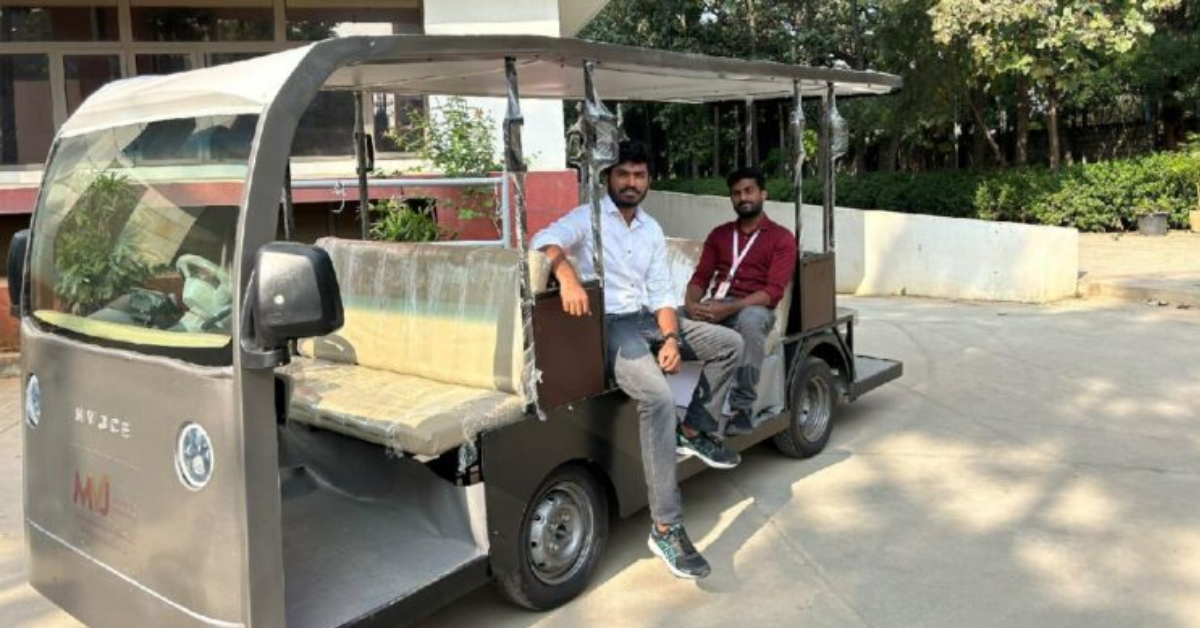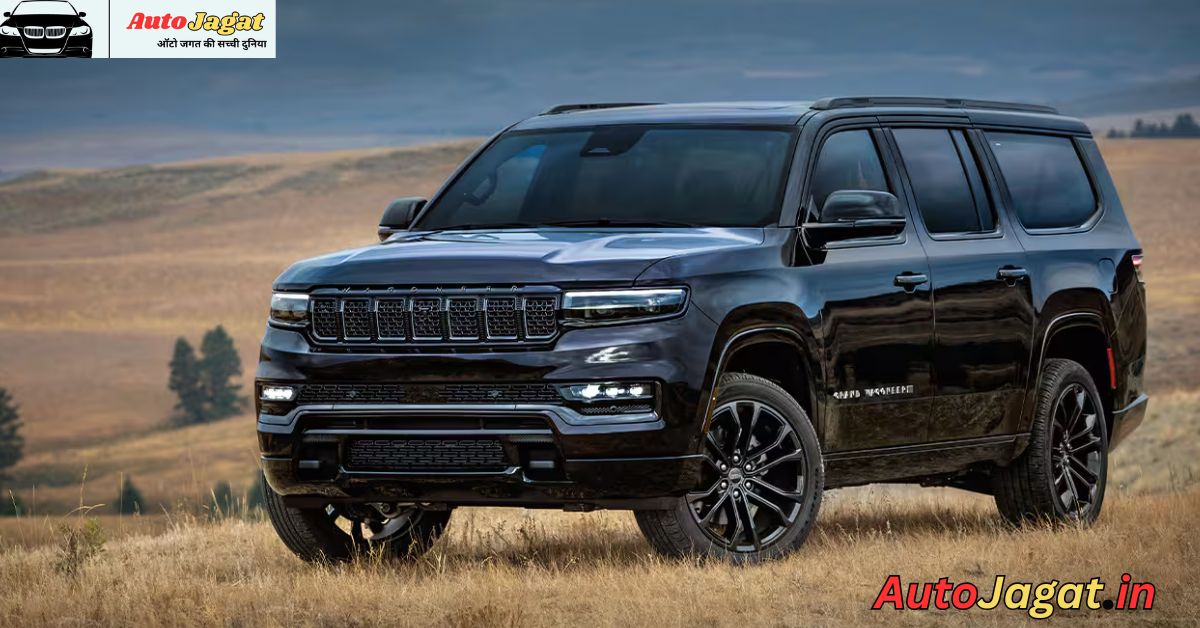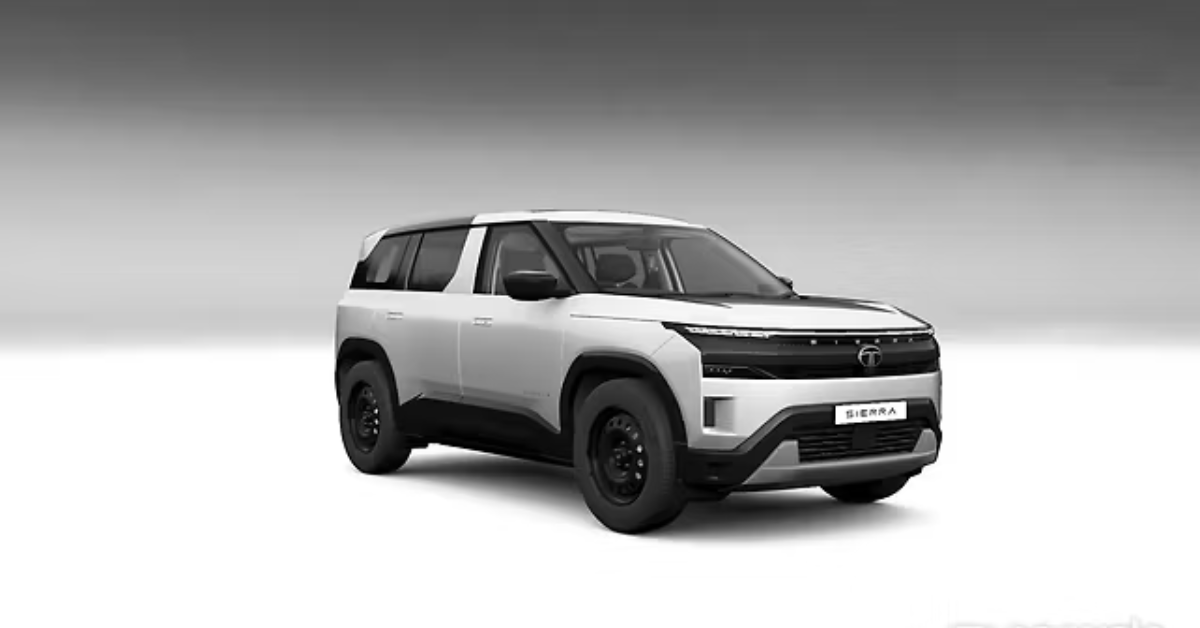India has been making rapid strides in the electric vehicle (EV) sector, with both established automakers and startups contributing to the revolution. However, it is not only big companies driving innovation—young engineering students are also taking the lead. Recently, a group of engineering students showcased their talent and determination by building a 12-seater electric vehicle from scratch at an incredibly low cost of just ₹1.98 lakh.
This innovation is not only a testament to their technical skills but also highlights how affordable EV solutions could transform public and private transport in India. Let’s take a closer look at this groundbreaking project.
The Vision Behind the Project
The students’ primary goal was to design an eco-friendly, affordable, and practical electric vehicle that could meet the transportation needs of rural and semi-urban areas. Most commercial EVs today are targeted at individual buyers or small families, but shared mobility solutions like minibuses, school transport, and last-mile connectivity vehicles are still underserved.
By creating a 12-seater model, the students aimed to fill this gap and prove that EVs don’t have to be expensive or complicated. Their project demonstrates that with innovative thinking, sustainable mobility can be made accessible to all income groups.
Design and Build Process
The EV was built from scratch by the team, without relying on pre-made vehicle kits. Every component, from the chassis design to the battery integration, was carefully planned and executed.
- Chassis & Bodywork – The students designed a lightweight yet sturdy frame to ensure durability without compromising efficiency. The body was kept simple and functional, focusing on passenger space and comfort.
- Battery Pack – A lithium-ion battery pack was chosen due to its cost-effectiveness and energy efficiency. The students optimized the battery placement to maximize safety and balance.
- Electric Motor – A compact yet powerful electric motor was fitted, offering sufficient torque to handle a 12-seater load even on semi-urban roads.
- Interior Layout – With a seating capacity for 12 passengers, the design ensures maximum space utilization. The interior is minimalistic but comfortable, making it suitable for short-distance commutes.
- Safety Features – Even at a low budget, the team ensured that basic safety measures such as seatbelts, reinforced structure, and proper electrical insulation were implemented.
Cost Efficiency – The ₹1.98 Lakh Breakthrough
The most remarkable aspect of this project is the cost. ₹1.98 lakh is extremely affordable for a vehicle with a 12-passenger capacity. To put this into perspective, conventional minibuses or vans often cost ₹8-12 lakh or more, excluding fuel expenses.
By building an EV at a fraction of that cost, the students have shown the potential for low-cost public transport solutions. The affordability also makes it easier for schools, rural transport providers, and startups to adopt electric vehicles without heavy investments.
Performance and Mileage
While the EV is still in its prototype stage, initial test results are promising:
- Seating Capacity: 12 passengers
- Top Speed: Around 40–50 km/h (ideal for local commuting and school transport)
- Range: Estimated 80–100 km per charge
- Charging Time: 4–5 hours with a standard charger
The vehicle is designed not for highway travel but for short-distance commuting—perfect for city shuttles, school buses, or rural transport routes.
Environmental Benefits
One of the major driving forces behind this project is sustainability. The 12-seater EV is a zero-emission vehicle, meaning it does not release harmful gases like traditional petrol or diesel minibuses.
Some key environmental advantages include:
- Reduced Carbon Footprint – Helps in cutting down CO₂ emissions.
- Cleaner Air – A step toward reducing urban air pollution.
- Energy Efficiency – Uses electricity, which can be sourced from renewable options like solar power.
Potential Applications
The affordability and practicality of this EV make it suitable for various real-world uses:
- School Transport – Safe and affordable transport for children.
- Shared Mobility – Can be used as an electric shuttle in urban or rural areas.
- Tourism – Perfect for eco-tourism zones where noise and pollution control are critical.
- Rural Transport – Provides low-cost transport solutions in villages where traditional buses are not viable.
- Corporate Campuses – Can serve as employee shuttles within large office campuses.
Challenges and Future Scope
Despite its innovation, the project faces certain challenges:
- Scaling Production – Mass production requires more advanced facilities and funding.
- Battery Costs – While lithium-ion batteries are efficient, they still contribute significantly to overall costs.
- Regulatory Approvals – For commercial adoption, the vehicle needs to meet government safety and certification standards.
However, with the right support, such projects can be scaled up. Collaborations with automobile manufacturers or government-backed EV schemes could make such low-cost EVs widely available.
The Bigger Picture – Students Leading Innovation
This project reflects a broader trend where young innovators and students are driving India’s EV revolution. Unlike traditional carmakers that focus on high-profit premium models, these students are working on grassroots-level solutions that can truly transform mobility for the common man.
The ₹1.98 lakh EV is not just a prototype—it’s a symbol of possibility. It shows that India’s youth are capable of developing sustainable, affordable, and scalable EV technologies that align with the nation’s goals of reducing oil dependence and cutting emissions.
Conclusion
The 12-seater electric vehicle built by engineering students for just ₹1.98 lakh is an outstanding achievement. It addresses the urgent need for affordable, eco-friendly public transport solutions in India.
With further development, such EVs could become a game-changer for rural and urban mobility, offering cost savings, environmental benefits, and improved access to safe transportation.
In the coming years, if projects like these receive proper funding and government support, India could see a wave of low-cost, student-driven EV innovations that put the country at the forefront of the global EV revolution.





